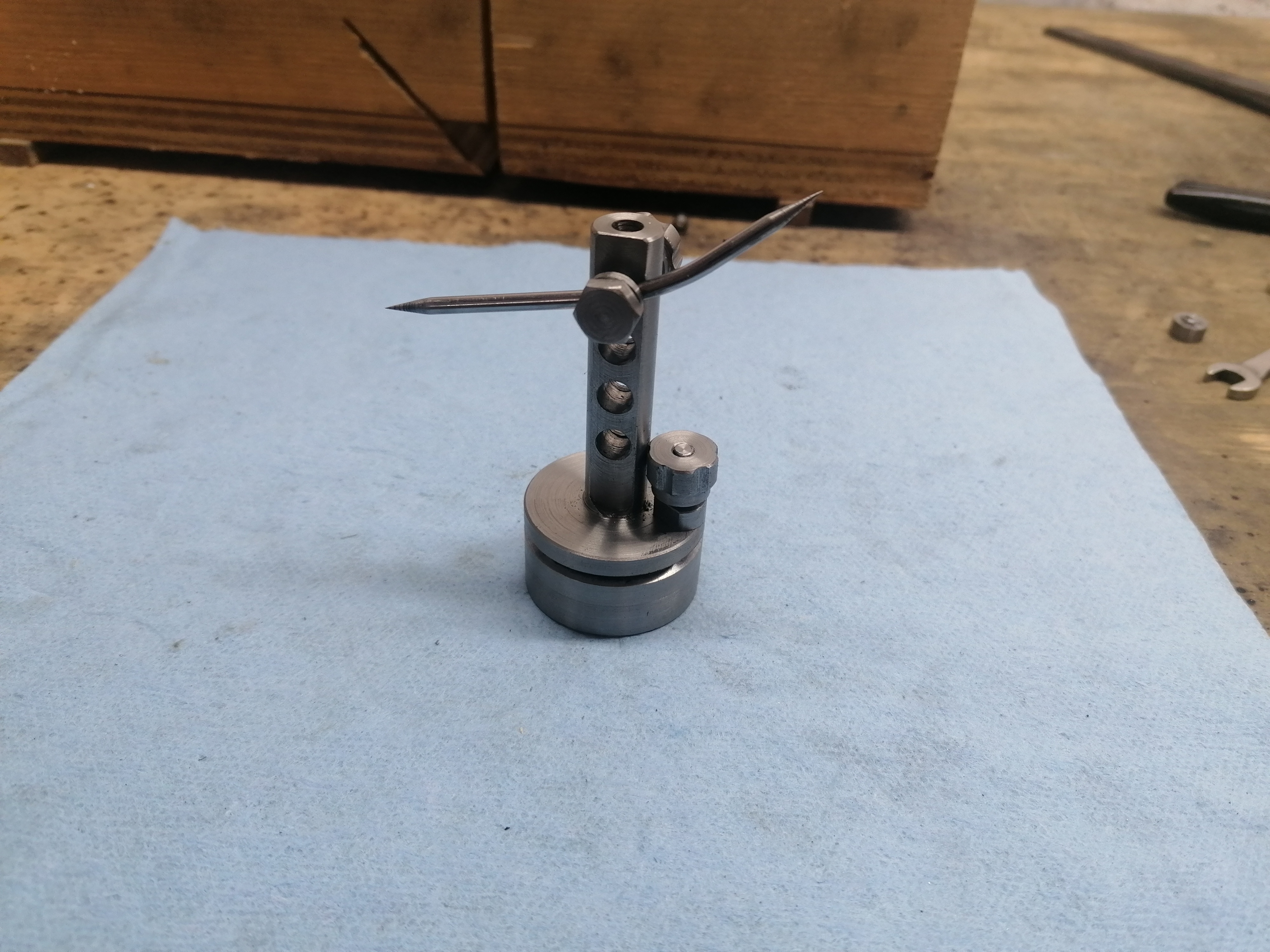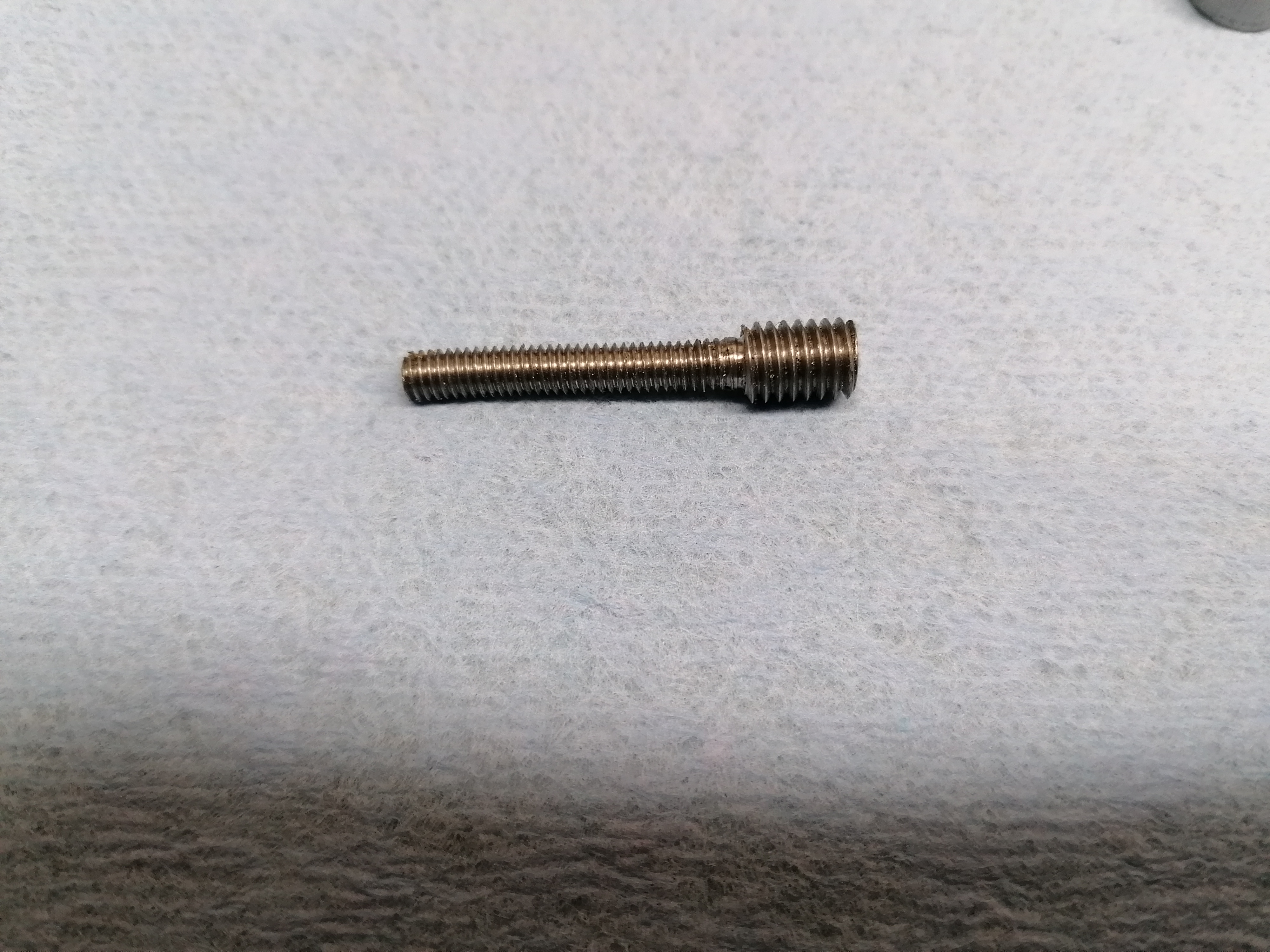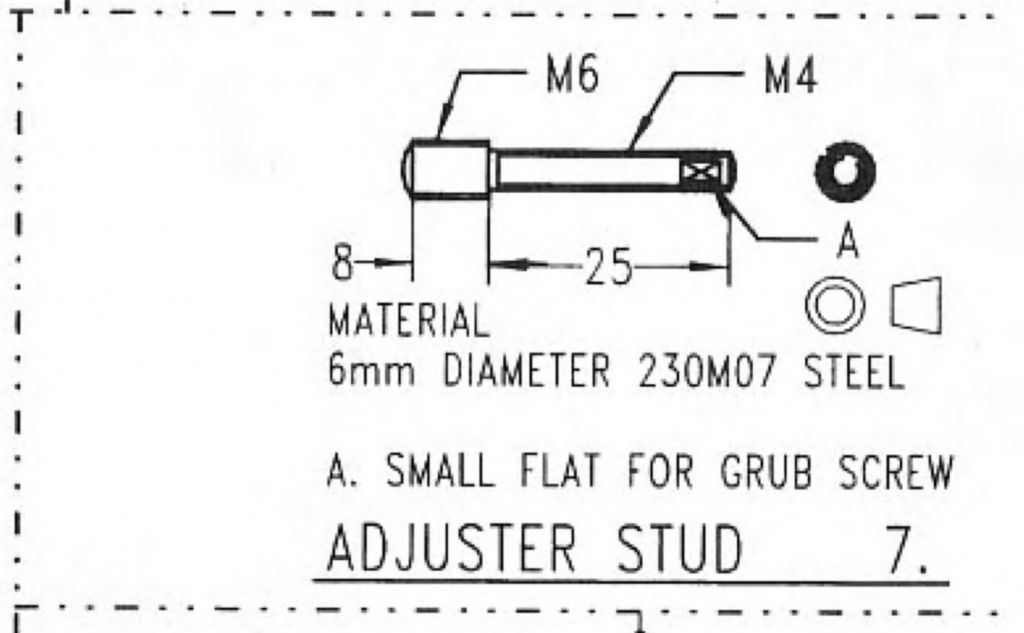Mini surface gauge from “Lathework: a complete course”
Mini surface gauge from “Lathework: a complete course”
- This topic has 17 replies, 11 voices, and was last updated 4 March 2023 at 17:35 by
Howard Lewis.
Viewing 18 posts - 1 through 18 (of 18 total)
Viewing 18 posts - 1 through 18 (of 18 total)
- Please log in to reply to this topic. Registering is free and easy using the links on the menu at the top of this page.
Latest Replies
Viewing 25 topics - 1 through 25 (of 25 total)
-
- Topic
- Voices
- Last Post
Viewing 25 topics - 1 through 25 (of 25 total)




 .
.



